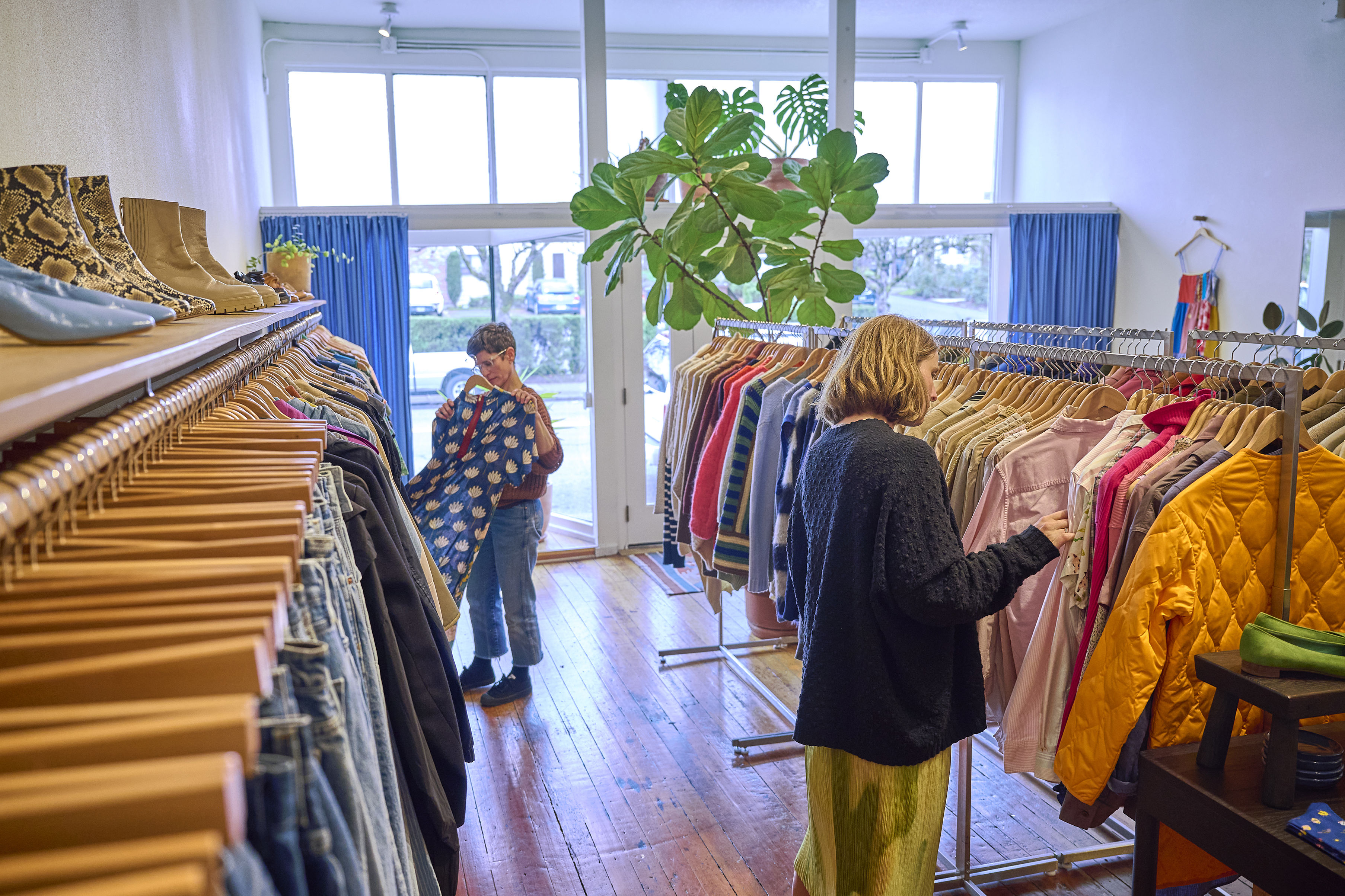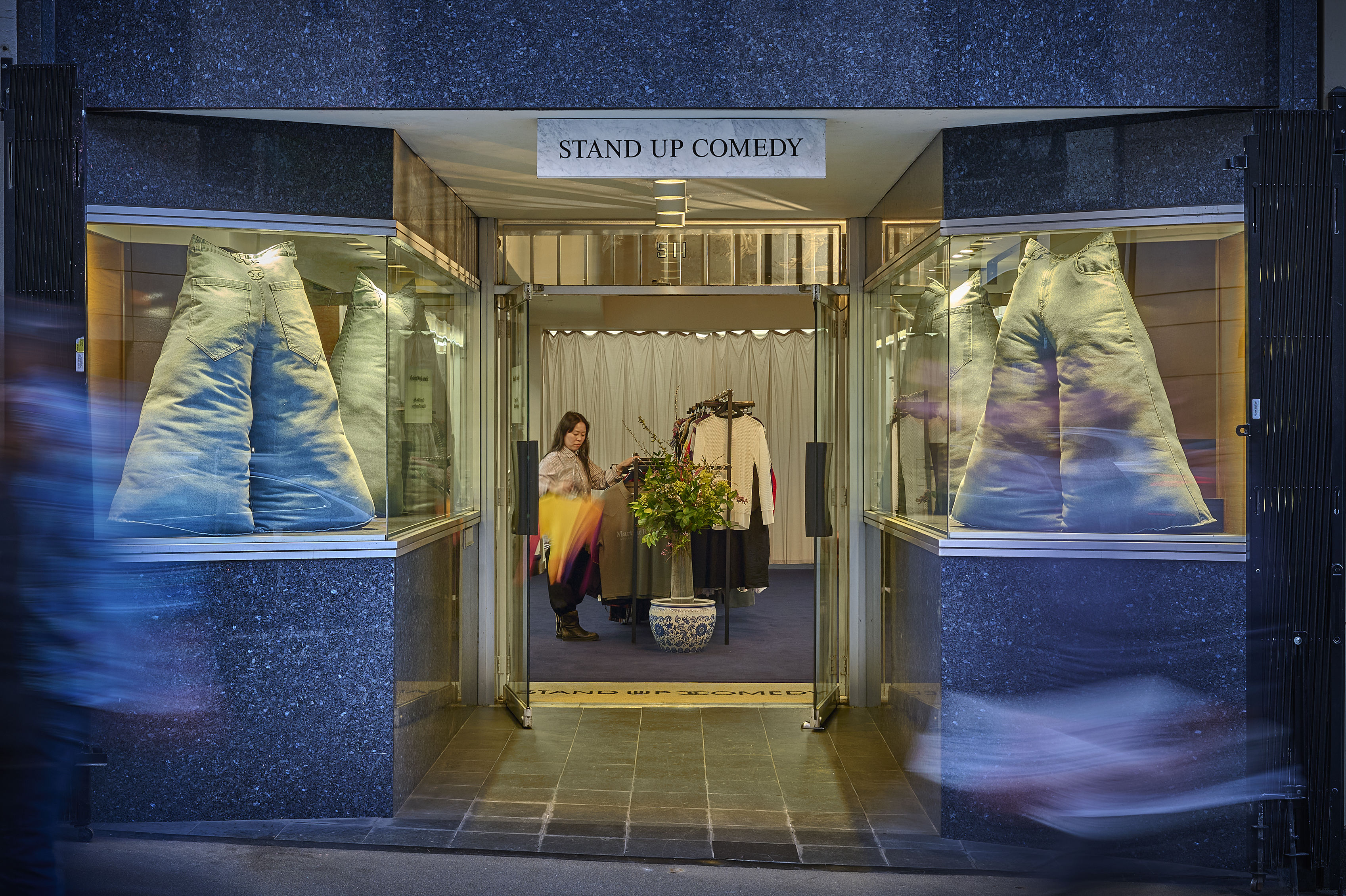Kiriko's Vintage Japanese Blues
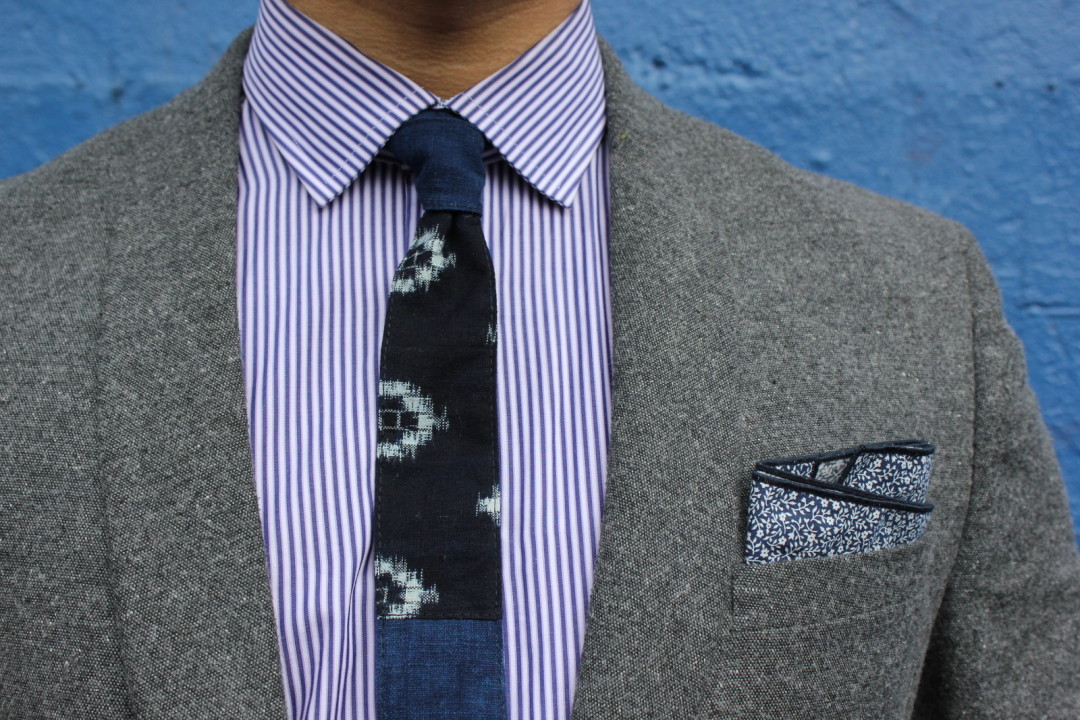
In Kiriko’s small basement studio on 5th and Couch, the familiar smell of dust and worn fabric permeate the air. Warm lighting, a low ceiling, and wooden décor create the allure that you’ve somehow been here before. Throughout the space, boro fabrics lie in various stages of design completion.
Boro, which translates to “rags,” is Japanese heritage fabric. Created between the 17th and 19th centuries, the hand-woven, hand-dyed cotton and hemp was preserved by families and repurposed across generations. When thirty-year-old Dawn Yanagihara, the co-founder and creative director of Kiriko, first encountered the material in Japan in 2007, she saw its potential.

“I would wear this as-is,” she said, picking up a large, patched fabric swatch in various shades of blue (the color came from a 28-day indigo-dying process called aizome). Soft and weathered—the way a child’s blanket feels after years of use—each patch was added at a different time for a different reason.
“[At first] it looks like it was kind of serendipitous or happenstance,” Yanagihara said. “But when you look at it now, it looks so well-designed. There’s a really organic beauty to it that I think is starting to find relevance in a modern fashion context.”
This modern context is what she and her business partner, Katsu Tanaka, are trying to achieve. They source the boro fabric from families in Japan who struggle to find use for it in today’s world, then design it into products like ties, scarves, and pocket squares (apparel forthcoming). Each piece is laid out and pinned on a wooden table in the studio, then sent to a Gresham family for sewing.
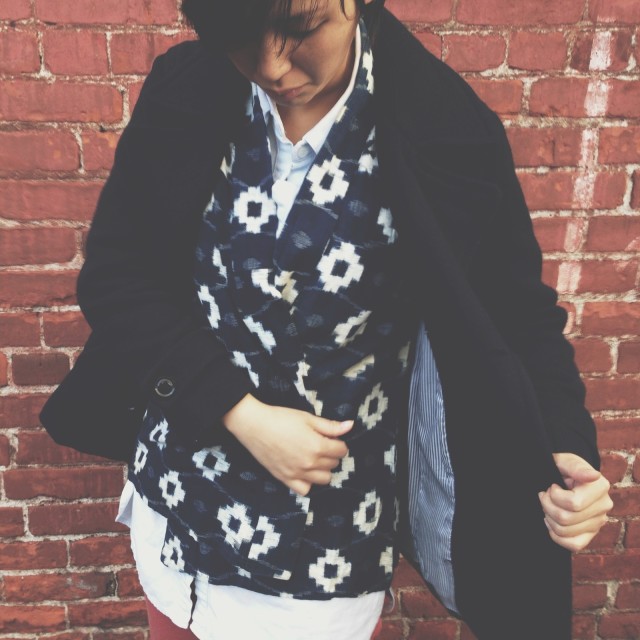
After launching in December 2012 and a redesign six months later, Kiriko has had an overwhelmingly positive response from consumers and designers alike. With only four employees, the company has struggled some to meet demand, but Yanagihara doesn’t mind. The point was never to make a huge, international brand; the point was to make good, quality products.
“It’s a revisiting of craftsmanship, made-in-America, made by hand,” she said. “Now that we’re revisiting these American crafts…why not revisit the crafts from other cultures?”
Kiriko isn’t the only company working with boro fabrics. Both Ralph Lauren and Louis Vuitton have recently created lines with it, complicating Kiriko’s fabric importation—a byproduct of working with finite materials. Luckily, Yanagihara and Tanaka have built strong relationships with the Japanese families they source from, which elevates many of the would-be problems.
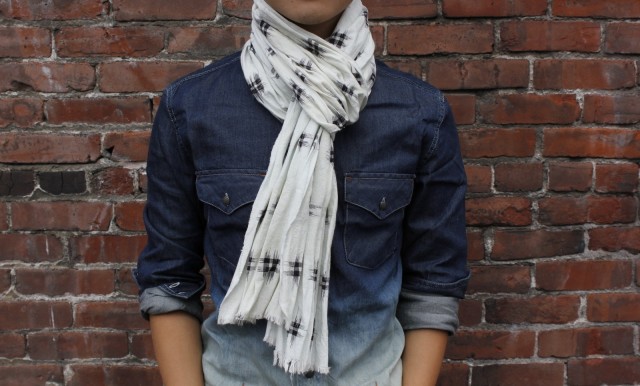
Yanagihara doesn’t know why boro fabric has suddenly found its way into the mainstream, but she’s grateful to have discovered it at the right time.
“I think people like the story. That’s what has pushed us to really work so hard on developing the brand,” she said. “It’s such an amazing piece of culture and history that most people really aren’t aware of.”
